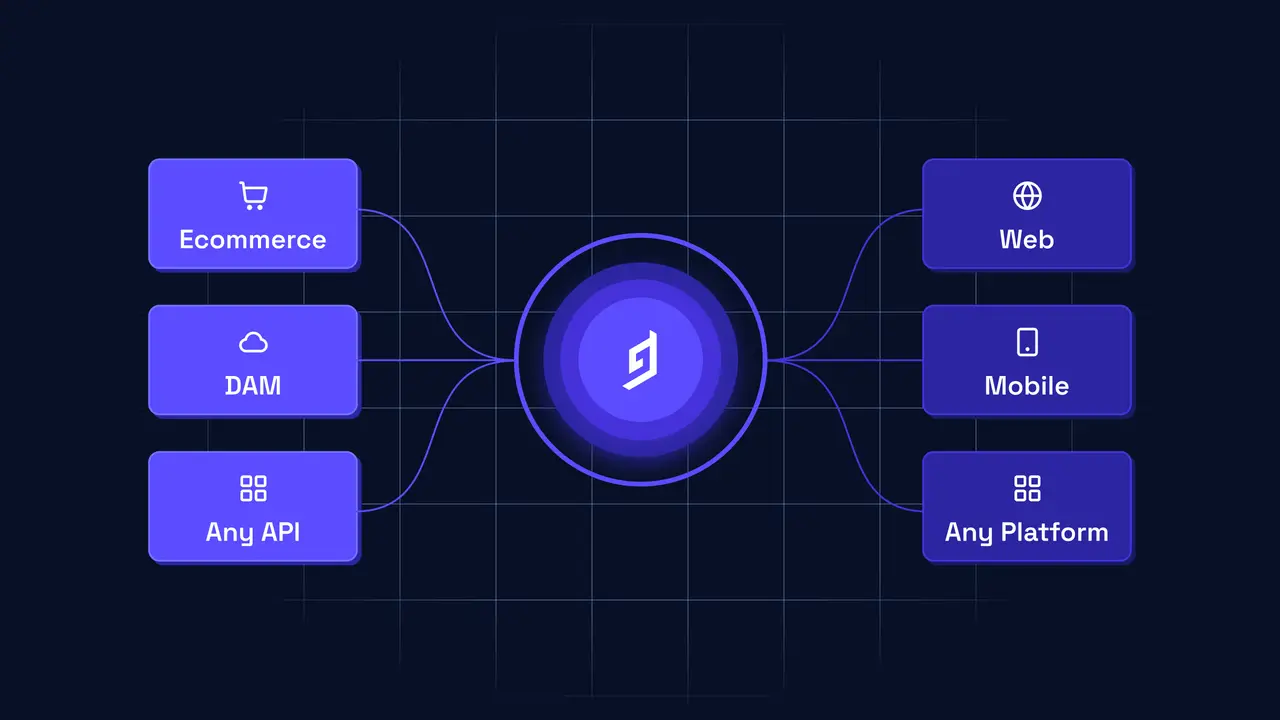The advent of 5G technology promises to revolutionize the way we live, work, and communicate, offering ultra-fast connectivity, low latency, and the potential to power everything from autonomous vehicles to smart cities. However, the global race to deploy 5G has led to a standoff between key players—nations, tech companies, and regulatory bodies—each vying for dominance in the next phase of the internet’s evolution.
This article explores the 5G standoff by diving into the key issues surrounding this next-generation technology. From security concerns and geopolitical competition to network neutrality and infrastructure challenges, we will unpack what it means to “square the net” in the era of 5G.
What is 5G, and Why Does it Matter?

5G stands for the fifth generation of mobile networks, offering faster speeds, increased connectivity, and a more efficient use of spectrum resources than previous generations. While 4G revolutionized the mobile internet by enabling widespread use of apps like Uber, Instagram, and Netflix, 5G will unlock new possibilities in areas such as IoT (Internet of Things), artificial intelligence, and smart infrastructure.
Key Features of 5G
- Increased Speed: 5G promises data transfer speeds up to 100 times faster than 4G, enabling quicker downloads, smoother streaming, and near-instantaneous communication.
- Low Latency: With latency as low as 1 millisecond, 5G allows for real-time interactions crucial for applications like remote surgery and autonomous driving.
- Greater Capacity: 5G can connect a higher number of devices per square kilometer, making it ideal for smart cities and dense urban areas.
- Improved Efficiency: 5G networks are designed to handle more data with greater energy efficiency, reducing the environmental impact of data transmission.
The deployment of 5G is not just about improving personal devices; it is set to transform industries, from healthcare and manufacturing to transportation and entertainment.
The Global 5G Race: Key Players and Geopolitical Tensions
The 5G standoff is more than just a technological issue; it has become a geopolitical battleground involving some of the world’s largest economies and tech giants. Nations such as the United States, China, and European countries are heavily invested in rolling out 5G technology, but their strategies and interests differ significantly.
The U.S. vs. China: The Heart of the Standoff
At the center of the 5G standoff is the competition between the United States and China. Chinese telecom giant Huawei is a leading supplier of 5G infrastructure, but the U.S. government has raised concerns about the potential for espionage and cybersecurity risks, given Huawei’s ties to the Chinese government.
- Security Concerns: The U.S. claims that Huawei could use its 5G equipment to spy on foreign nations, a concern that has led many Western countries to ban or restrict Huawei’s involvement in their 5G networks.
- Economic and Strategic Rivalry: Beyond security, there is an economic rivalry at play. The country that dominates 5G technology stands to gain significant advantages in terms of influence over global standards, supply chains, and digital innovation.
- Global Alliances: As a result, we are seeing countries like the U.K., Australia, Japan, and others aligning more closely with the U.S. stance, while others, particularly in the developing world, continue to work with Huawei for their 5G needs.
Europe’s Middle Ground
European countries find themselves caught in the middle of the U.S.-China standoff. While they share U.S. security concerns, many European telecom companies have already heavily invested in Huawei technology. This has led to a more cautious approach in Europe, with some nations allowing Huawei’s participation in non-core parts of their networks while banning it from more sensitive areas.
Europe’s position in the 5G standoff highlights the complexity of the issue—balancing security, economic benefits, and the need for technological innovation.
5G and the Future of Network Neutrality
The debate over network neutrality—the principle that all internet traffic should be treated equally—has resurfaced with the rollout of 5G. The high speeds and low latency of 5G networks could tempt telecom providers to prioritize certain types of traffic, potentially undermining net neutrality principles.
Will 5G Compromise Network Neutrality?
One of the main concerns is that 5G’s enhanced capabilities could lead to the creation of a “two-tiered internet” where wealthier companies or individuals have access to faster, prioritized services, while others are left behind. For instance:
- Tiered Pricing: Some telecom operators may introduce tiered pricing models where users or companies pay a premium for faster speeds or better service quality.
- Service Prioritization: Companies offering services like virtual reality or autonomous driving may require priority access to low-latency networks, raising concerns about fairness and accessibility.
- Implications for Innovation: If certain services are given priority, it could stifle innovation by smaller players who cannot afford to compete on the same level as established tech giants.
However, proponents argue that 5G’s increased capacity will provide enough bandwidth for all users, making concerns about net neutrality less relevant. The truth likely lies somewhere in between, with regulatory oversight needed to ensure fair access to 5G networks.
Infrastructure Challenges: Rolling Out 5G
Deploying 5G on a global scale is no small feat. Unlike previous generations of mobile networks, 5G requires a dense network of small cells (low-power base stations) placed relatively close together. This is due to the high-frequency millimeter waves used by 5G, which provide fast data speeds but have a shorter range than 4G signals.
Obstacles to 5G Rollout
- Cost of Infrastructure: Building out the necessary infrastructure, including small cells, fiber-optic cables, and antennas, is extremely expensive. Telecom companies and governments must work together to fund these projects, but financial constraints are a significant barrier.
- Urban vs. Rural Disparity: Urban areas are likely to receive 5G networks first due to their high population densities, but rural areas may be left behind, exacerbating the digital divide. Ensuring equitable access to 5G is a major challenge.
- Regulatory Hurdles: Governments and regulatory bodies need to balance the demands of telecom providers with public concerns about health, safety, and property rights. Zoning laws, spectrum allocation, and licensing are all factors that can slow down the deployment of 5G.
Solutions to Infrastructure Challenges
Innovative approaches, such as using existing infrastructure (streetlights, utility poles, etc.) for small cell placement, and public-private partnerships may help accelerate the rollout of 5G networks. Governments can also incentivize telecom providers to build 5G networks in rural and underserved areas.
The Impact of the 5G Standoff on Consumers
For consumers, the 5G standoff brings both challenges and opportunities. On one hand, as nations and companies compete for 5G dominance, consumers may benefit from faster network upgrades and innovative services. On the other hand, geopolitical tensions and regulatory hurdles could delay the widespread availability of 5G, particularly in less developed regions.
Potential Consumer Benefits
- Enhanced Mobile Experience: Faster download speeds, smoother streaming, and better connectivity in crowded areas are just a few of the benefits consumers can expect from 5G.
- New Applications: With 5G, we can expect an explosion of new applications, from augmented reality shopping experiences to real-time language translation and telemedicine.
Potential Risks
- Data Privacy: As 5G enables more devices to connect to the internet, the risk of cybersecurity breaches increases. Consumers need to be vigilant about data privacy and the security of connected devices.
- Higher Costs: The advanced infrastructure required for 5G may lead to increased costs for consumers, both in terms of data plans and compatible devices.
Conclusion: Squaring the Net in the 5G Era
The 5G standoff represents a clash of technological innovation, geopolitical competition, and regulatory challenges. While the technology holds immense potential to transform industries and enhance consumer experiences, the race to control 5G infrastructure has raised critical questions about security, network neutrality, and equitable access.
Squaring the net in the 5G era will require cooperation between governments, tech companies, and regulatory bodies to ensure that the technology serves the greater good rather than deepening divides—whether they be economic, geographical, or digital. The promise of 5G is vast, but it will take careful planning and governance to unlock its full potential.










